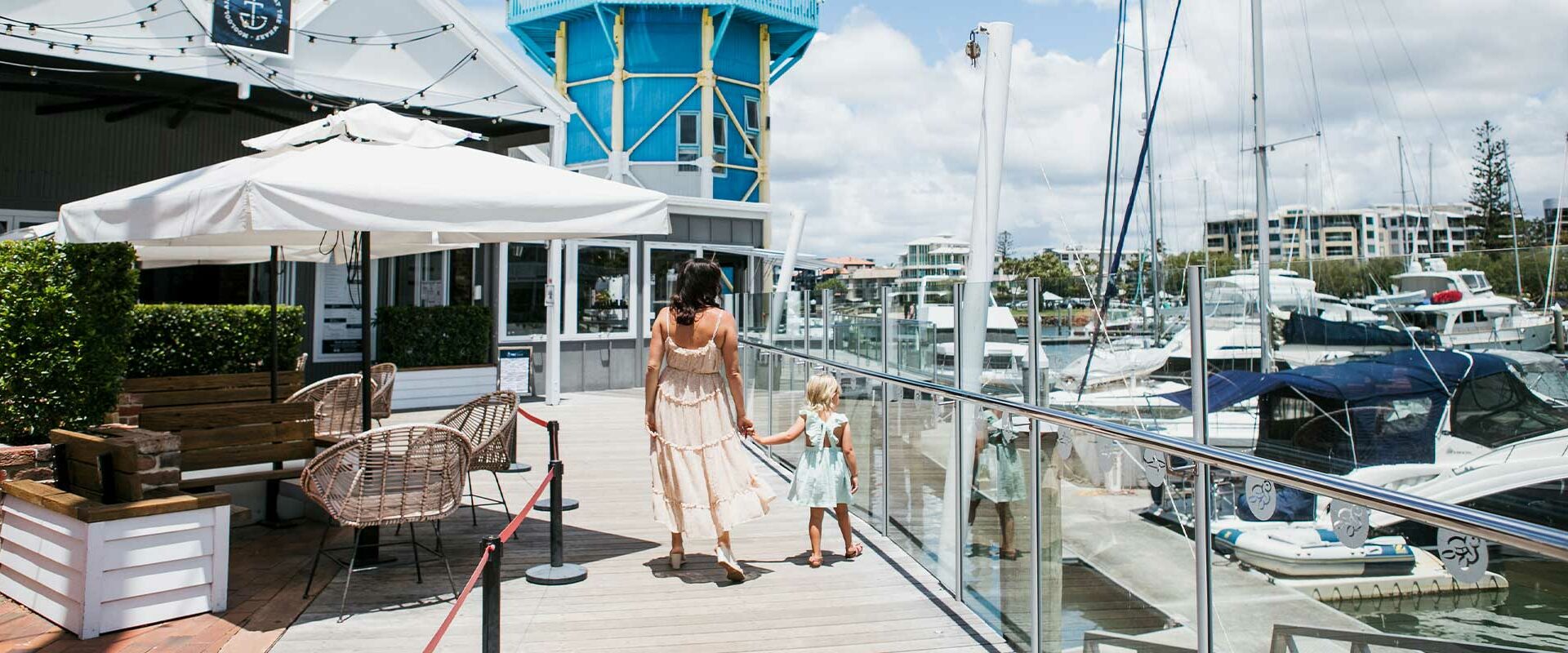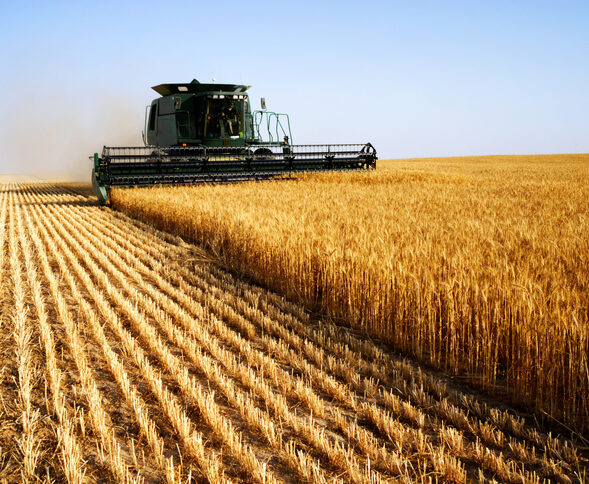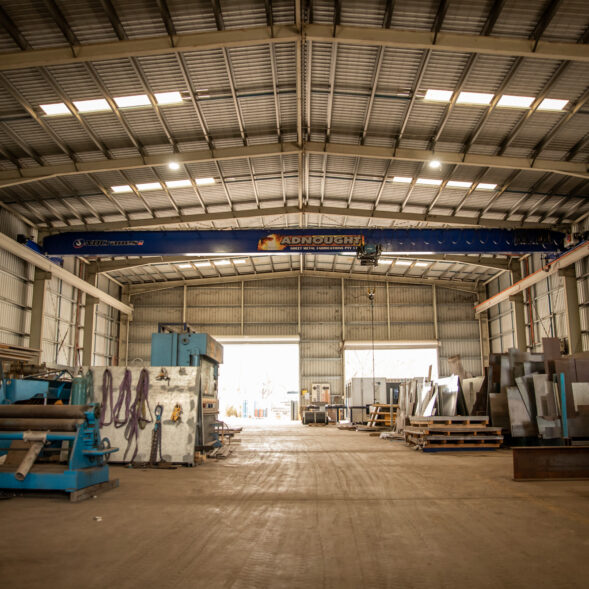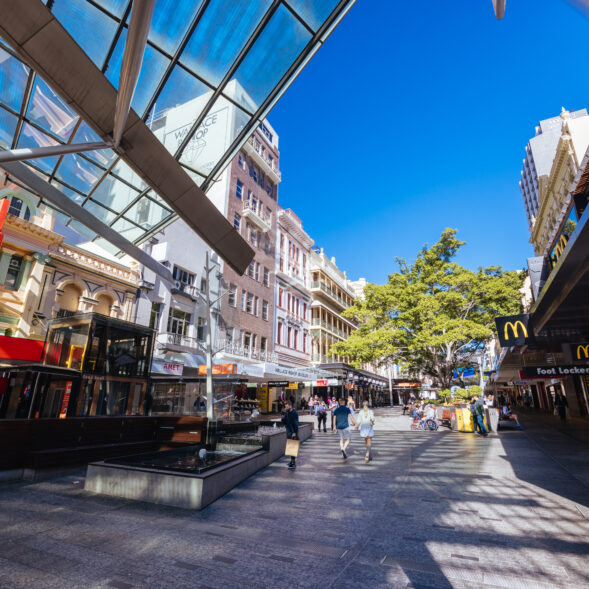Arguably more than any other sector, retail markets have been on a volatile ride over the past five years. After battling with the structural change induced by the growth in online retailing, the COVID-19 period saw some quite wild swings in performance, rentals and yields. After a strong recovery from COVID impacts in 2022, the sector is now dealing with the headwinds of the rising interest rate environment and its impact on both discretionary spending and investment yields.
At a national level, as at April 2023 national retail turnover is relatively stagnant against a backdrop of continuing strong inflation. Real levels of retail spending are therefore in decline.
The deteriorating market conditions are now having a significant impact on new development. Overall construction activity is extremely weak by historical standards with current levels being over 60 per cent lower by value than the 10-year average. Expansion of both new and existing centres has fallen to quite low levels as major owners battle with replacing exiting big box tenants and the competitive impact of the growth of online retailing. In addition to this, the softening of retail yields for major shopping centres of circa 100 to 150 basis points is putting further pressure on the viability of new retail development.
Most of the current construction activity is confined to neighbourhood or bulky goods centres as such projects are far simpler to develop and more timely to build than expansions to either sub-regional or regional shopping centres.
On the positive side, the resumption of a strong rate of population growth in the post COVID era
(circa 250,000 per annum) creates the need for circa 500,000 square metres of new retail accommodation, at a rough rule of thumb of two square metres per person. This is well above the current levels of supply and highlights that at some point, there will be a catch up period, particularly if population growth continues at current levels.
For retail markets, it is now generally acknowledged that early 2022 was the peak of the investment cycle and that since May 2022, yields and appetite for major retail properties have been diminishing. This has seen a standoff between vendors and purchasers, which is only now starting to loosen as the reality of softer investment yields kicks in.
Whilst yields have softened across the board, retail investment markets remain somewhat of a mixed bag with ongoing investor demand at the lower end, but such demand being extremely price sensitive. Yields for fast-food premises, convenience centres, neighbourhood centres and smaller large format centres have remained reasonably low with softening of circa 50 to 75 basis points being evident. At the institutional end of town, yields have certainly softened further and are now circa 100 to 150 basis points softer than the highs of early 2022.
The future direction for retail remains somewhat uncertain however is more than ever keenly aligned with future interest rate movements.
Alistair Weir
Director











